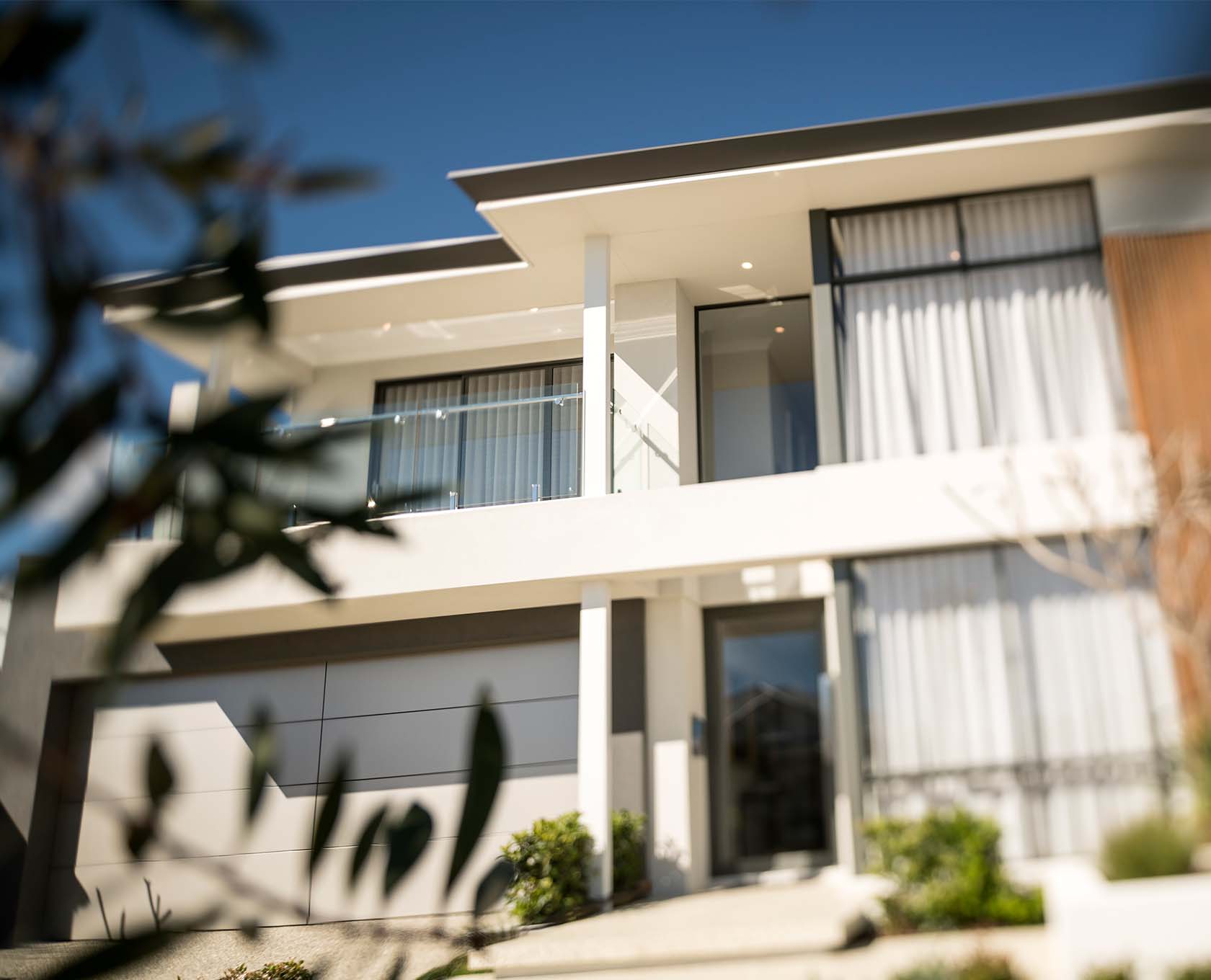
Home Buyer’s Guide: Exploring Your Home Options
By exploring the different options that are available and getting a clear picture of their unique characteristics, you’ll be in a great position to make an informed decision about the style of home that will suit you, both now and in the future.
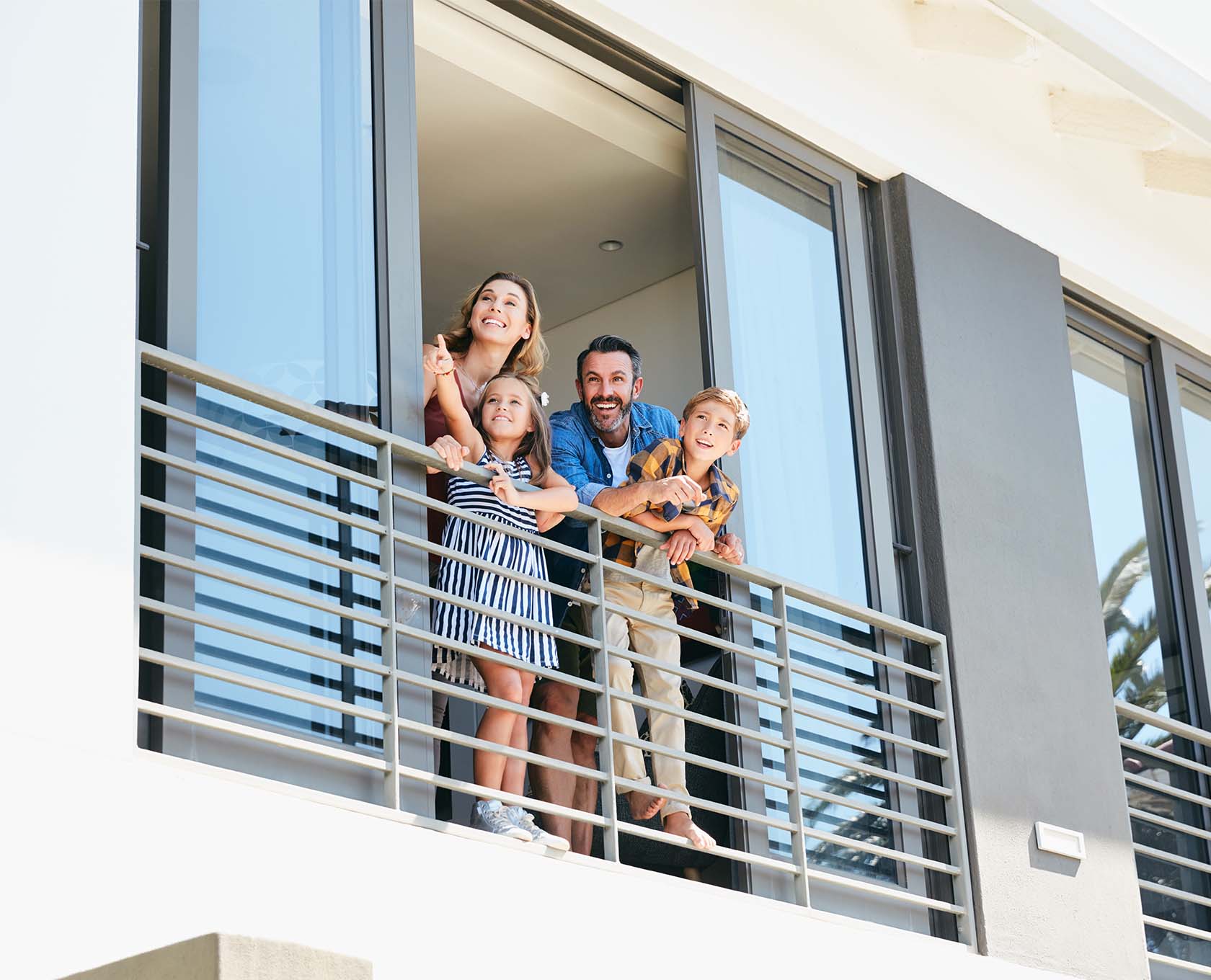
Dwelling Types
As an aspiring home builder, you’ll generally have the option of establishing either a house or townhouse when moving into a residential community. While both dwelling types come with their own distinct benefits, it’s useful to put some thought towards not only what you’d like here and now, but also what your life will look like in 5, 10 and 20 years time. Are you planning on starting a family, or having more children?
Thinking about the future can be a helpful guide for deciding how big your new home should be and the features it should have. Let’s take a closer look each type has to offer:
As stand-alone dwellings, houses offer endless opportunity in the way of shape and size. This makes them a fantastic choice for couples, singles and families alike. With opportunities for greater indoor and outdoor space, privacy, and superior resale value it’s no wonder that houses are the most popular property type among Australian owner-occupiers.
Otherwise known as terraced houses, these multi-level properties are semi-detached dwellings that share a common wall with the townhouse next to it. Commonly sold as part of a house and land package in residential communities, townhouses are an excellent option for singles, couples, small families and downsizers who don’t require a large plot of land. With the average lot size getting smaller, terraced properties make strategic use of space with homes typically spanning two or three storeys. One of the biggest benefits of a townhome is that they are lower maintenance and cheaper to run. In a quality masterplanned community by Satterley these home types are often located very close by to parks and other community infrastructure.
Once you have your ideal dwelling in mind, it’s time to decide on a plot of land on which to build it. However, not all lots are created equal. With a number of unique options to choose from it’s best to familiarise yourself with the lot types that are out there. This way you can have peace of mind knowing that your building design will marry up with the land you plan to purchase.
Different Lot Types
Read more about different lot types
Standard lots are a favourite among house designers because of their impressive flexibility when it comes to floorplans. Often taking the form of a square or rectangular parcel of land, standard lots are a superb canvas for both single and double storey houses, or big or small outdoor living areas.
Much like their namesake, flute lots tend to be long and narrow with garages commonly found at the rear of the property (see Rear Loaded Lots below). Though they might look compact from the front, terraced houses on these lots boast enviable depth and can be adapted to single or double storey floorplans depending on your budget and lifestyle needs.
Also known as narrow lots, these smaller and more affordable blocks of land are particularly popular among first-home buyers. Despite their modest size, cottage lots can still offer a lot of spatial opportunity, from open living areas and high ceilings to double-storey floorplans.
Rear-loaded lots are blocks with the garage access located to the rear of the home, as opposed to the more traditional layout where the driveway is located to the front of the home. By having driveways and garage doors out of sight, they can make a visually appealing choice. These lots can provide a little more flexibility with narrow home design.
House and Land Packages
With a house and land package you get to purchase both your lot of land and the construction of your home in one transaction, but in two separate contracts; one with the land developer and one with the builder.
House and land packages are a good option for home buyers who are happy to choose from an existing home design, but may also like the opportunity to customise things like colour palette, tiles and flooring.
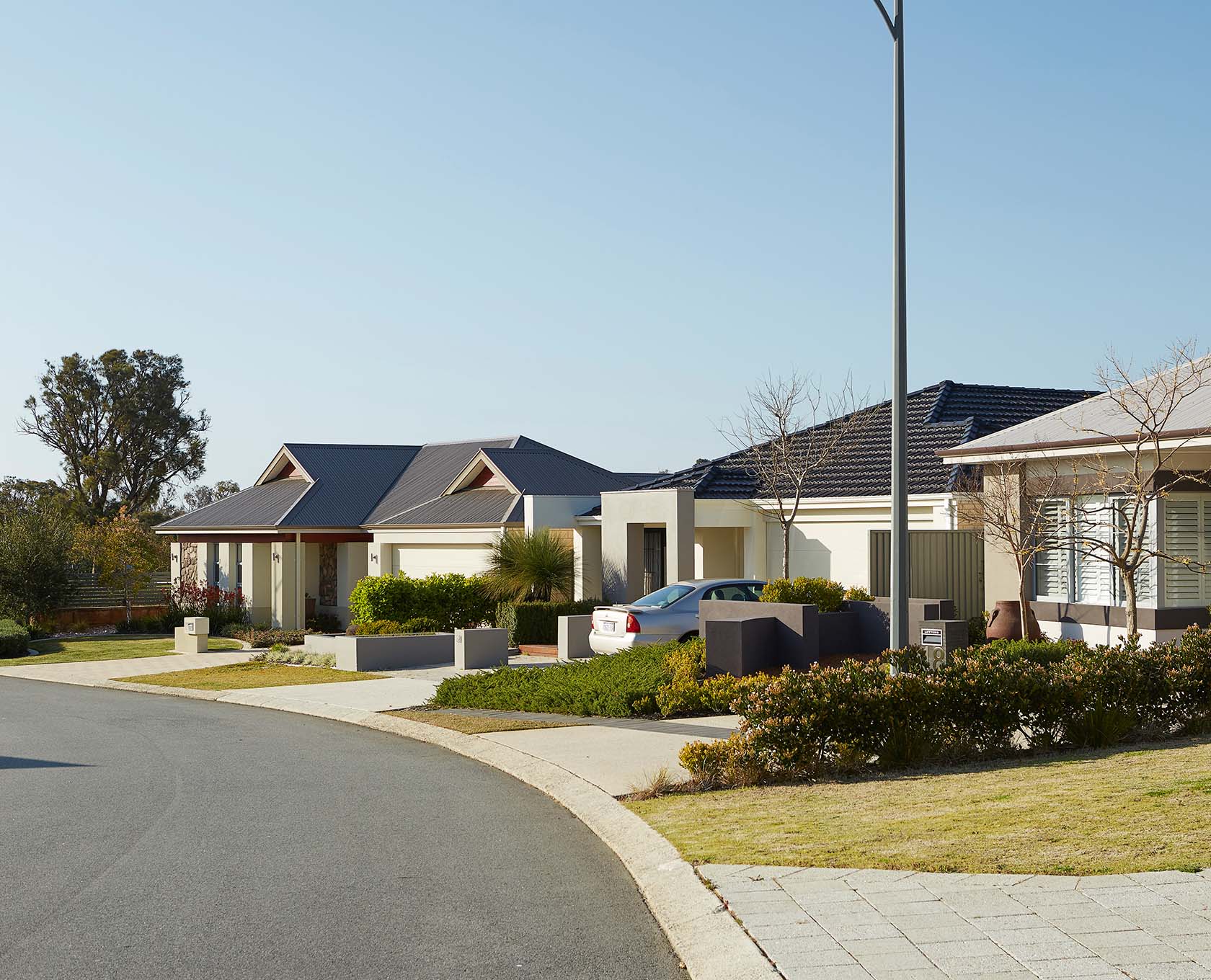
Often, these builds come with a range of additional inclusions at no extra cost, such as:
|
|
The added bonus of having the floorplan and inclusions all pre-planned by the builder is that it will usually take less time to complete than a custom designed home. Generally, house and land packages tend to be the more affordable option when compared to a custom build.
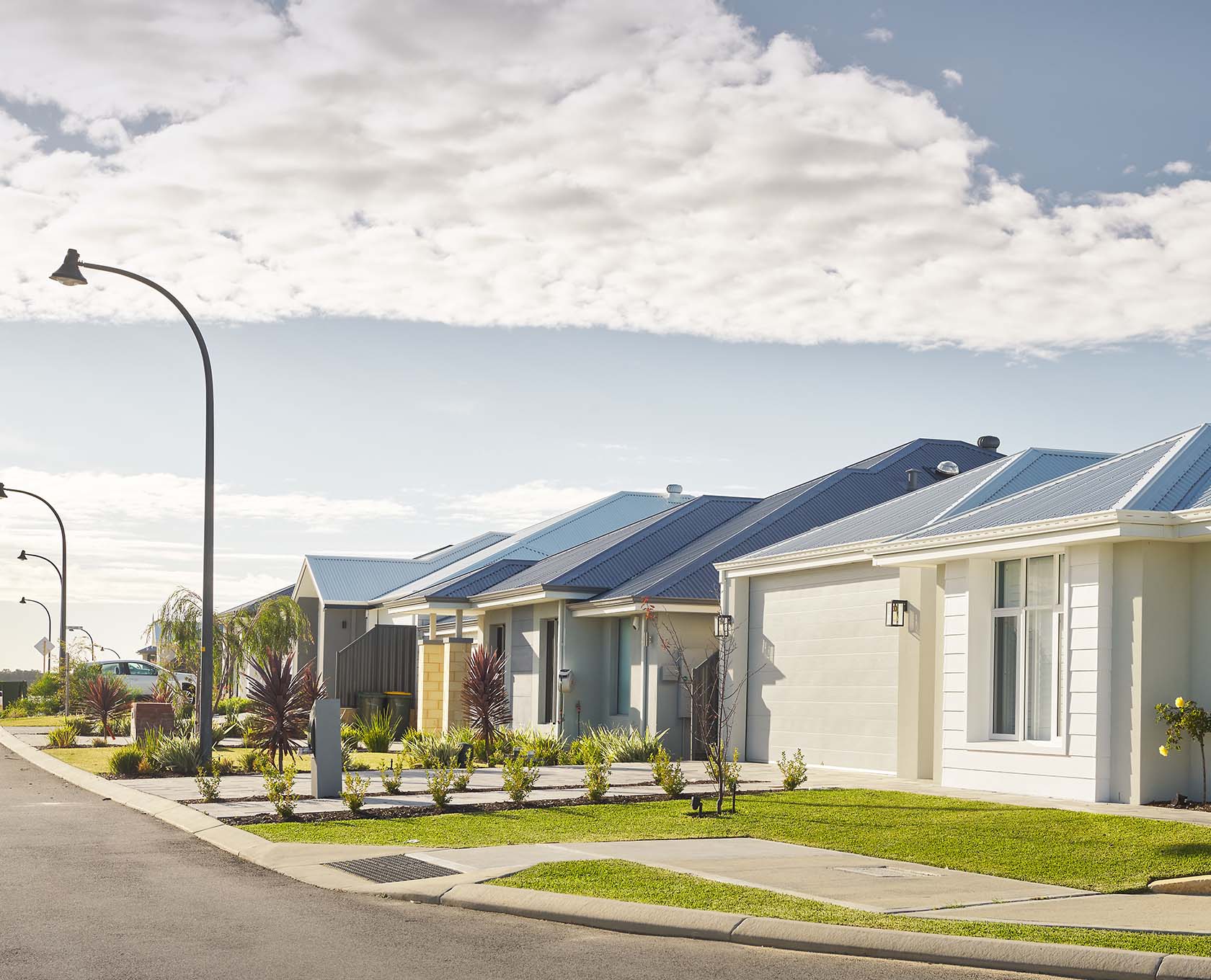
Custom Design Homes
Custom design homes allow you to have (almost) total control over the design of your new abode. Depending on how tailored you want your new home to be, you may choose to engage a custom home builder who already has an extensive catalogue of designs which can be adapted to your own unique specifications. Or, you may choose to consult an architect and then a builder thereafter for a completely personalised design. Whichever way you go about it, a custom design will let you build a home that’s perfectly suited to your unique lifestyle.
Just bear in mind that, because you’ll be buying a block of land and working with a builder separately, it’s wise to consult a designer about your vision beforehand since residential communities generally have certain requirements around what you can and can’t do when building on particular plots of land.
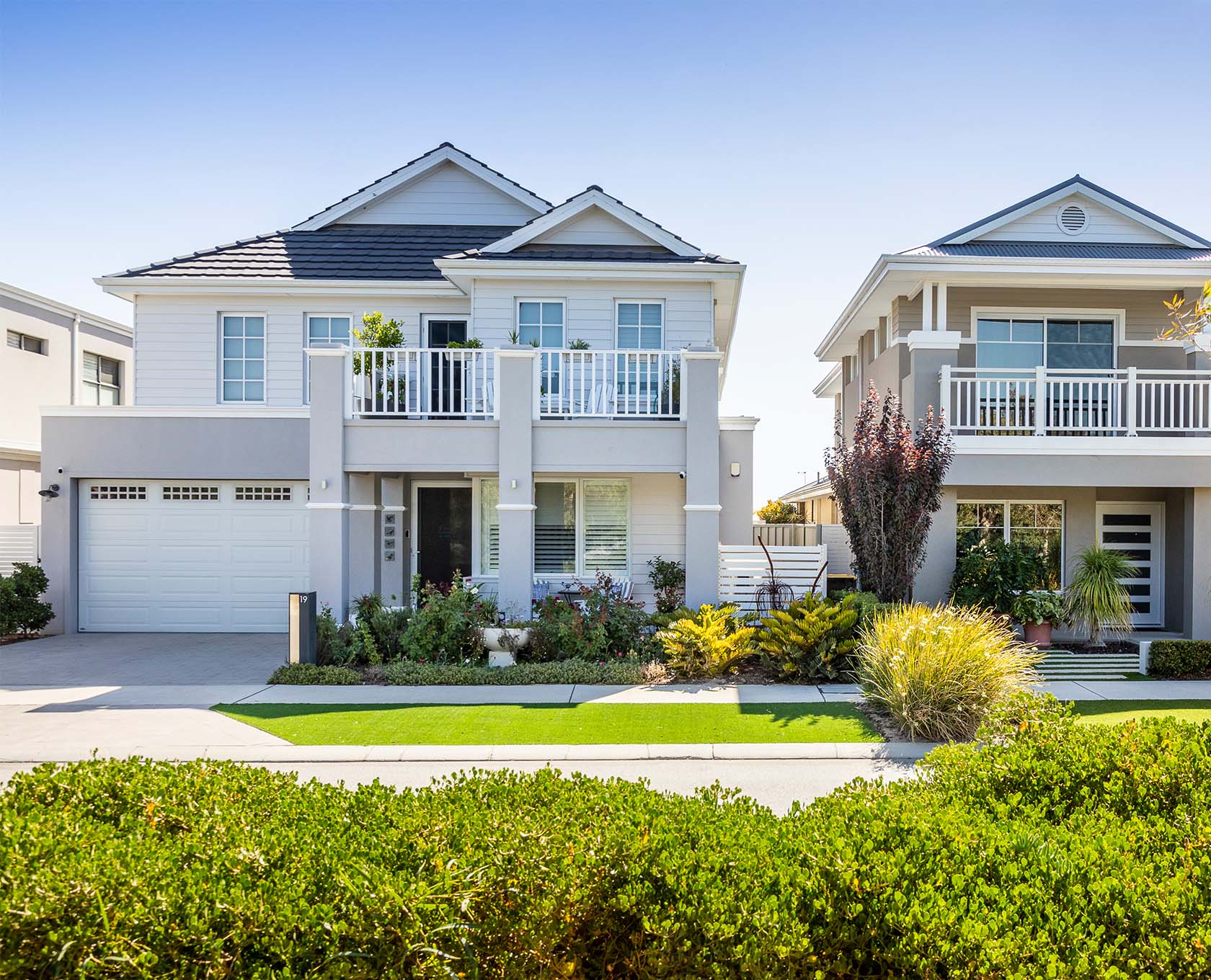
Visiting Display Villages
Whether you’re wanting to see the range of home designs on offer in a residential community or you’re after inspiration for your custom-build, display villages are an invaluable part of your land buying, home building journey. They offer a fantastic way to see the latest in smart floorplan designs, facades and interior features across a variety of house sizes.
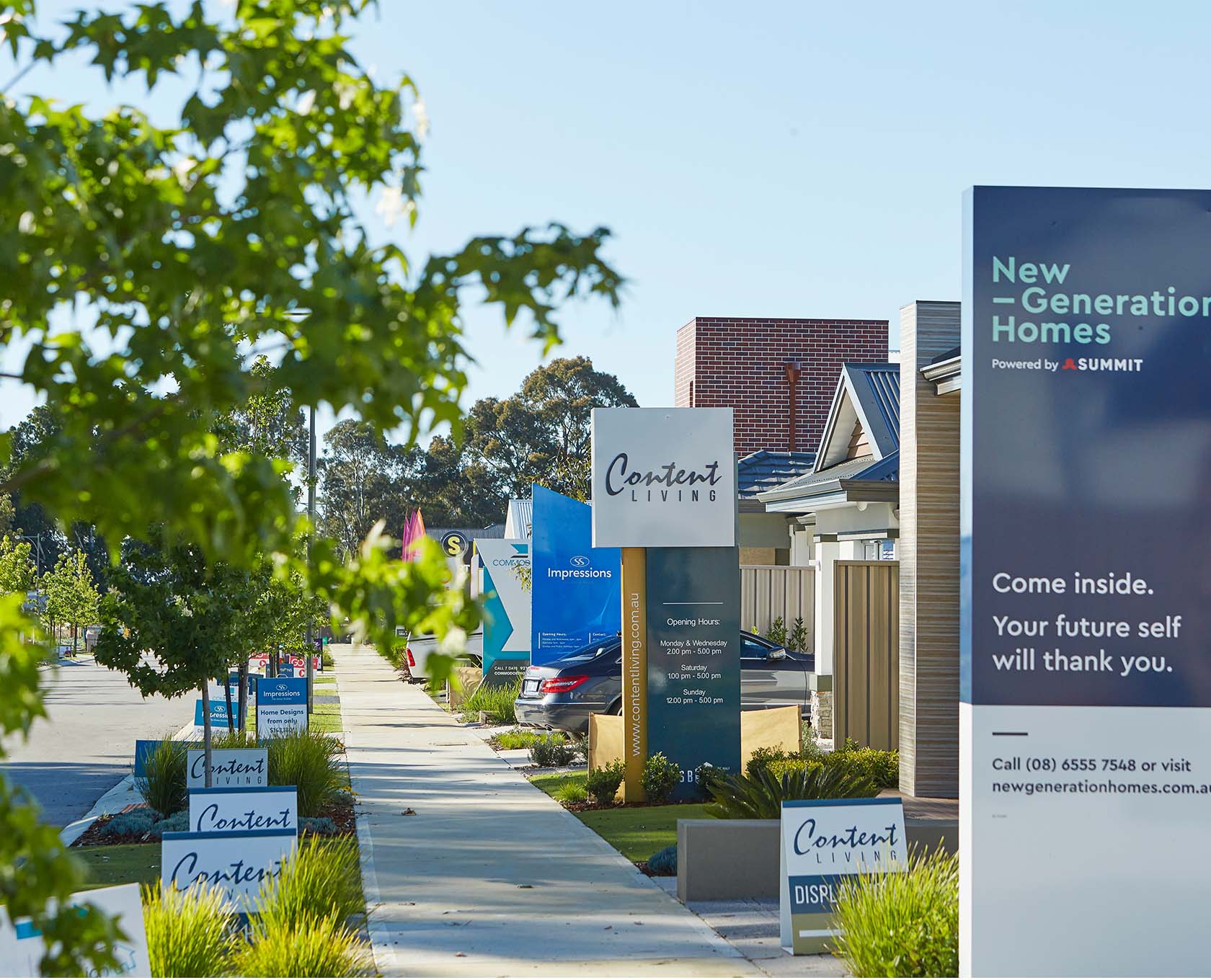
To make your visit as fruitful as possible here are three tips to help you make the best use of your time:
When you visit a display village it’s wise to have a clear idea about what you want and need in your new home. Do you require extra bedrooms for a growing family or occasional guests? Are you planning to work from home a lot and need a dedicated office space?
Are you a gardening enthusiast who simply can’t do without a lawn and garden beds to tend? Taking the time to think about the kind of lifestyle you lead and how that may change in the coming years will allow you to narrow down your search on the day. Although, if you’re unsure about any aspect of your home requirements, visiting a display village could provide you with just the inspiration you need!
It’s important to remember that display homes are often dressed up with a host of optional upgrades that may not be included in the base price. This is why it’s important to speak to the sales staff about what the standard inclusions are and how much more the upgrades will add to the total price.
Allowing yourself at least half an hour to walk through each house, paying careful attention to the quality of the fixtures and fittings can help you decide if it’s a home you can truly see yourself living in. You might even like to take photos and notes to refer to later.
Finding The Right Home Builder For You
Whether you want a custom home or a pre-planned design, it’s important that you take the time to research home builders so you can find one who can reliably deliver on your vision. Here are some steps to help you narrow down your search.
What do you have in mind for your new home? Is it going to be stylishly modern or elegant and traditional? A cosy affair or something more robust? Do you want it to have the latest sustainable features? Maybe home automation is part of your plan? Whatever the case may be, it’s important that you find a builder who is aligned with the style of home you’re after, and a team that you can look forward to working with.
Research local builders and make a list of everyone who’s a good fit for your needs.
A good place to start is by visiting your local developer display villages to find their preferred builders. Nothing beats seeing and feeling a home in person! If you want to do more research, jump on Google and search local companies to examine their offerings. Your friends and family members may also have recommendations.
With a preliminary list of builders all drawn up, you can now begin reaching out and asking a few essential questions that will help you shortlist some companies. Here are 3 that you should always lead with:
- Are you a licensed builder? To make sure that your builder will work to Australian standards, it’s vital that you choose a builder who holds a valid building licence. You can even take it upon yourself to verify their registration by talking to the Housing Industry of Australia or Master Builders of Australia.
- Are you insured, and do you offer a warranty? Ensuring that your builder has public liability insurance and home warranty insurance (in Victoria, this is known as domestic building insurance), is a necessary step in protecting yourself should your builder go bankrupt, disappear, injure themselves or refuse to fix defects. Take special care to read the fine print with your conveyancer or settlement agent so you’re across the terms and conditions.
- Where can I find a portfolio of your work? By looking at a number of examples of previous homes built, you can make a judgement on whether the look and feel is what you are hoping to achieve in your new home.
The next step is to clarify whether your builder can accommodate your specific needs and wants.
Ensure that you ask all the questions you have and be clear about what is and isn’t included in the builder’s quote. This way you can be sure to be comparing like-with-like when surveying your options.
If a builder is licensed, insured and meets your specs, you’re onto a winner. But remember, this house will be your home for years to come, so it never hurts to do more research.
Satterley works with a number of highly respected builders across the country, and your sales professional may be able to provide you with some of their recommendations. Industry bodies such as the Master Builders Association (MBA) also have annual awards, which may be something you wish to consider. A quick Google search will be your friend here!
One of the best ways to gauge the quality of a builder is to take a deep dive into their industry reputation and experience with delivering new builds. Reading online reviews, inquiring about previous customers and visiting their previous developments is a smart way of ascertaining that you’re going to get the home you’ve been promised.
Finally, you’ll want to get a quote from each of your shortlisted builders and compare their prices. Take care to look closely at their list of inclusions and exclusions to make sure you’ll get exactly what you’re after.
After that, look at whether prices are fixed or whether they are estimates, since provisional sums could end up costing more down the track. Lastly, go through your quotes with a fine-tooth comb. If one quote is significantly lower than the others, check whether an error has been made, or if a key design request has been left out by mistake. It might be completely fine, but again, it doesn’t hurt to check or to ask more questions.

